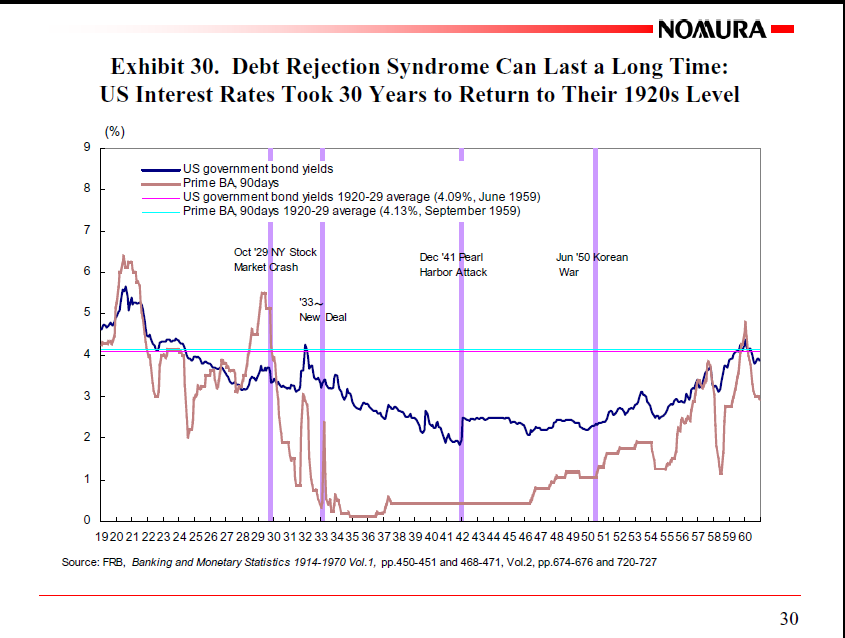From “The Numbers” section of the latest edition of Bloomberg BusinessWeek:
Governments around the world haven been borrowing heavily in the past 10 years so much that the debt level has now more than doubled to $55 Trillion.
CNBC has published a list of The World’s Biggest Debtor Nations based on the total outstanding external debt as a percentage of GDP. Greece ranks ahead of the U.S. at number 16.
